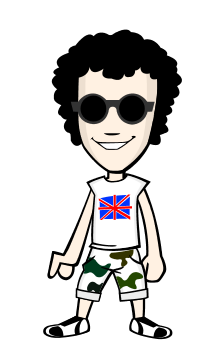Betty Boop is popular for being the cartoon cute that was designed by Max Fleischer for Paramount Studio's 'Talkartoons' cartoon series. Unusually, the cutie started life as a dog, but had progressed into a coy flapper by 1930. Her simple skirt-lifting & trademark line Boop-boop-a-doop were effective of more than dancing and singing.
Betty Boop the best case research in animation to demonstrate the highly effective influence society has over the kinds of films which are produced is the tale of Betty Boop. She was a prime character prior to the production code of 1934 was put into place, and her impressive and critical transformation demonstrates how a product designed under one set of requirements often shrivels when put in a new set. Simultaneously, the code alone can't describe why this dizzy small flapper degenerated so easily. Betty Boop prevails these days completely as a marketing product. Betty's face & figure can be found on posters, T-shirts, and all sorts of things.
Her present popularity in merchandise is somewhat confusing, as the Fleischers launched all of her brief cartoons prior to 1940, save for a halfhearted television special in the beginning 1980's & a brief cameo in who framed Roger Rabbit. While colorized editions of her cartoons are available, they were never provided the same degree of visibility as the colorized editions of Fleischer's Popeye cartoons. Seen these days, it is simple to see why these cartoons were often enhanced in the trippy Sixties.
Betty Boop's cartoons were all directed by Dave Fleischer, and he developed a world of dark surrealism. The fluid natures of these cartoons create them challenging to explain in a consistent style. These cartoons have stories which amble about in an almost dreamlike way; Snow white includes a hallucinogenic series of vignettes each even less linked with the unique fairytale.



